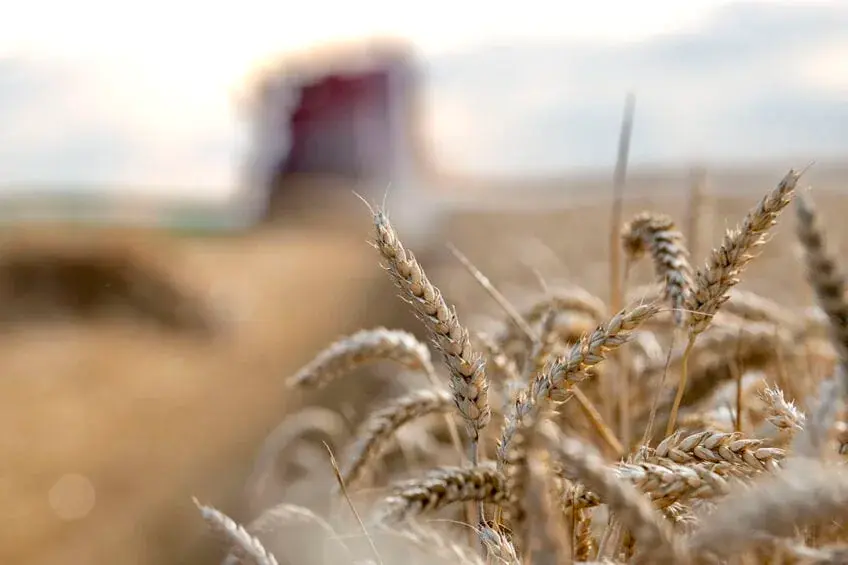Oct 8, 20243 min read


Five new prototypes ready for another round of exciting tests this fall, building on successful tests of 17 other prototypes built over the last six years – that sums up the current state of affairs for Dry Max Solutions of Eden Prairie, Minnesota.
Founder and chief engineer Kevin Eichhorn and his team are preparing to do drying tests on six different harvested grains this fall using their game-changing technology.
That is, instead of using large amounts of costly propane or natural gas to dry wet grains, Dry Max Solutions uses radio waves (generated by electricity) to dry grain at room temperature. This results in huge operational cost savings, cuts fire risk and also produces a much higher-quality end product.
Moving water out from the inside

The radio waves go to the middle of each grain kernel, discharging energy absorbed by the bound water molecules, causing them to separate from each other. Now being separate, they much more quickly change state to water vapour – and subsequently more easily and efficiently leave the grain (via the air that’s continually flowing the grain).
“The waves penetrate the grain shell, in effect moving water out from the inside, whereas traditional drying dries the outside first using high heat, damaging the shell and the enclosed protein,” Eichhorn explains. “The use of microwaves and kilns to dry materials is somewhat similar to using radio waves, but requires large amounts of heat.”
This use of radio waves also results in uniform drying, in addition to higher-quality dried grain.
Prototype progression
As anyone can imagine, the Dry Max team has learned a great deal from the process of building and testing 22 prototypes.
“Some of the designs have been discarded and others have been modified,” says Eichhorn. “The designs are complicated to some extent in that it’s a complex type of energy that must be controlled electronically. There is also only one shot per year – at grain harvest – where we can test our prototypes. You cannot wet grain down artificially and test any drying system. You must use freshly-harvested grain. So we build and test only a few prototypes each year, modify the design and build new ones for the year after.”
Eichhorn adds that designing and building each prototype has also involved learning how to ‘tune’ the radio wave energy to dry larger quantities of material. “The more material we dry at one time, the lower the amount of energy needed and therefore the lower the cost,” he notes.
Grain quality
In conventional high-heat gas-powered grain dryers, the protein is damaged and this lowers its digestibility, explains Eichhorn.
“You will crack the outer shell of the grain and this lowers its quality and also introduces higher risks in terms of getting good grain storage results,” he says. ” We use room temperature and have no damage. Our third-party testing shows that our quality is the highest ever achieved and that’s a huge advance. Our process also lowers the amount of aflatoxin in some grains.”
Last year, the Dry Max team focussed on corn and soybeans, and this year, they will focus on alfalfa, rice, edible beans and seed corn.
‘It’s a marathon’

Of the five prototypes, some are batch and some are continuous flow, one is vertical (restricted to grains that flow) and the other four are horizontal (handles materials such as seed corn). The vertical dryer resembles a standard continuous-flow tower drier, and is about 25 meters tall and 3.5 metres wide.
“It’s a marathon, and we have done a great deal of work over six years, but we are very excited with our progress,” says Eichhorn. “We are looking for large investors from Canada for various drying opportunities and general investors for commercialization.”
Plant-based protein products
Eichhorn is particularly excited about his technology being used in the development of plant-based protein products.
“A lot of plant protein food companies made claims for the protein content of their products, such as burgers, and had to retract their claims, as the digestibility of the protein was so low that the actual absorbable protein level was magnitudes smaller,” he says. “With our process, digestibility is protected, and that is a game-changer.
We are also working to adapt our technology to drying coated seed, fertilizer, mine tailings and many other materials.”
Top Stories


Commentaires